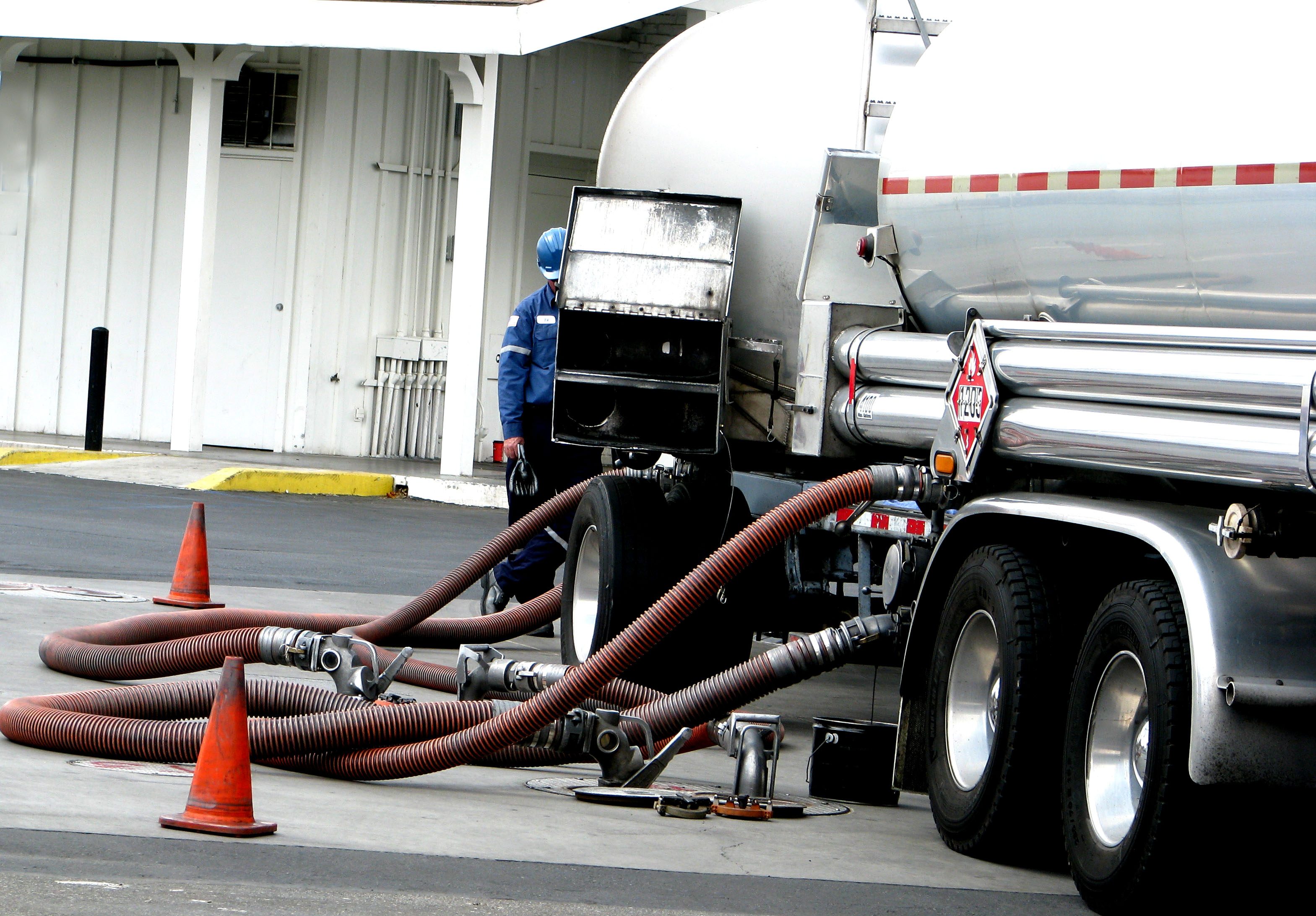Energy
Here’s Why Gas Prices Appear Resilient To Whatever Turmoil Happens In The Middle East

A gasoline trunk with pumps. By Rennett Stowe from USA - Gasoline Truck, CC BY 2.0, https://commons.wikimedia.org/w/index.php?curid=26302692
Oil prices are staying low after Iran fired several missiles at multiple air bases in Iraq that housed U.S. troops. Analysts say a massive uptick in oil production in recent years is to thank for the low prices.
The average price of a gallon of gas is staying steady at $2.60, while global oil prices are hovering around $70 a barrel, according to AAA. A giant increase in oil production and exports have inoculated oil and gas prices from much of what is going on in the Middle East, analysts say.
“Before the U.S. energy revolution took off, American consumers were generally vulnerable to price shocks due to instability in the Middle East,” Dean Foreman, the American Petroleum Institute’s chief economist, said in a statement to the Daily Caller News Foundation.
The rise in energy production over the last several years helped “reduce market volatility” by 2014, he noted.
He added: “Consequently, recent geopolitical events have had relatively small effects on energy prices and provide a consistent reminder of how vital it is to have a strong domestic U.S. oil & gas industry.”
Other analysts made similar points. “The U.S. oil boom is the primary reason nobody is seriously discussing triple digit oil prices even with everything that is going on and went on this summer,” Stratas Advisors senior oil market analyst Ashley Petersen said, Axios reported Wednesday.
Prices are standing tall after the Trump administration initiated a Jan. 2 airstrike that killed Iranian General Qasem Soleimani. President Donald Trump blamed Iran for an attack in September 2019 on Saudi Arabia’s oil facilities.
Trump’s sanctions on the country have also not impacted the energy market.
Former President Barack Obama signed legislation in late 2015 ending a decades-old ban on crude oil exports, which resulted in U.S. oil production doubling between 2009, when Obama took office, to 2016, while natural gas production shot up 50% in that time.
Imports from the Organization of the Petroleum Exporting Countries (OPEC) fell as a result of Obama’s decision, tumbling to 1.5 million barrels per day in March, which is the lowest level since March 1986. The U.S. became the world’s largest producer of natural gas in 2012, surpassing Russia.
Oil production on federal lands and waters hit record highs in 2017 under Trump, according to federal data, averaging about 2.2 million barrels per day. Overall oil production on federal lands increased during Obama’s second term, even as drilling supporters said the administration had put up more regulatory hurdles.
All content created by the Daily Caller News Foundation, an independent and nonpartisan newswire service, is available without charge to any legitimate news publisher that can provide a large audience. All republished articles must include our logo, our reporter’s byline and their DCNF affiliation. For any questions about our guidelines or partnering with us, please contact [email protected].

